The High Barrier Packaging Plastics Market is currently characterized by a dynamic competitive landscape, driven by increasing demand for sustainable packaging solutions and innovations in material science. Key players such as Amcor (AU), BASF (DE), and Sealed Air (US) are strategically positioning themselves through a combination of technological advancements and sustainability initiatives. For instance, Amcor (AU) has focused on developing recyclable packaging solutions, which aligns with global sustainability trends, while BASF (DE) emphasizes innovation in polymer chemistry to enhance barrier properties. These strategies collectively shape a competitive environment that is increasingly focused on meeting consumer demands for eco-friendly products.
In terms of business tactics, companies are localizing manufacturing to reduce lead times and optimize supply chains. The market appears moderately fragmented, with several key players exerting influence through strategic partnerships and collaborations. This structure allows for a diverse range of products and innovations, catering to various sectors such as food, pharmaceuticals, and consumer goods. The collective influence of these players fosters a competitive atmosphere where agility and responsiveness to market changes are paramount.
In November 2025, Sealed Air (US) announced a partnership with a leading food manufacturer to develop a new line of high-barrier packaging that utilizes bio-based materials. This strategic move not only enhances Sealed Air's product portfolio but also positions the company as a leader in sustainable packaging solutions. The collaboration is expected to reduce the carbon footprint of the packaging process, aligning with the growing consumer preference for environmentally responsible products.
In October 2025, BASF (DE) launched a new range of high-performance barrier films designed specifically for the pharmaceutical industry. This innovation is significant as it addresses the stringent requirements for drug packaging, ensuring product integrity and safety. By focusing on this niche market, BASF (DE) strengthens its competitive edge and demonstrates its commitment to meeting the evolving needs of the healthcare sector.
In September 2025, Amcor (AU) expanded its production capabilities in Europe by investing €50 million in a new facility dedicated to high barrier packaging solutions. This expansion is indicative of Amcor's strategy to enhance its operational efficiency and meet the increasing demand for sustainable packaging in the region. The investment not only boosts production capacity but also reinforces Amcor's commitment to sustainability by incorporating advanced technologies that minimize waste.
As of December 2025, the competitive trends in the High Barrier Packaging Plastics Market are increasingly defined by digitalization, sustainability, and the integration of AI technologies. Strategic alliances are becoming more prevalent, as companies recognize the need to collaborate in order to innovate and respond to market demands effectively. The shift from price-based competition to a focus on innovation, technology, and supply chain reliability is evident, suggesting that future competitive differentiation will hinge on the ability to deliver sustainable and technologically advanced packaging solutions.
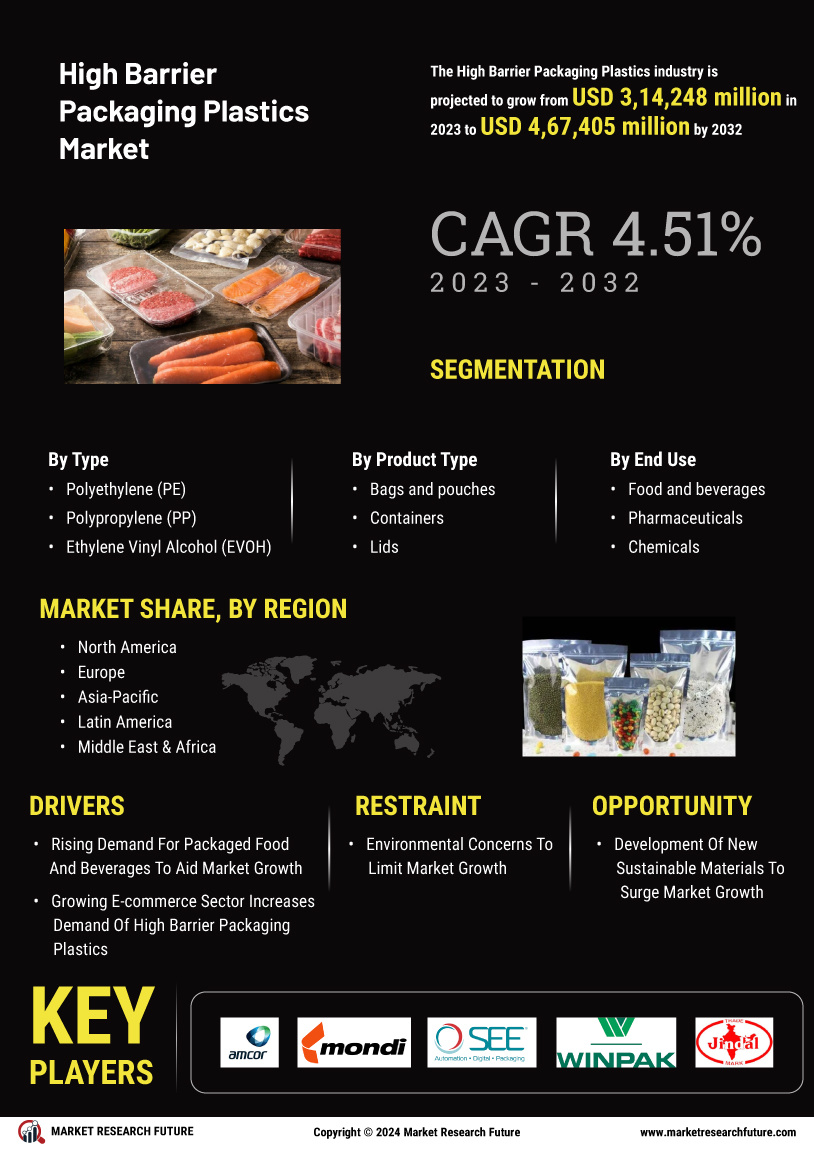

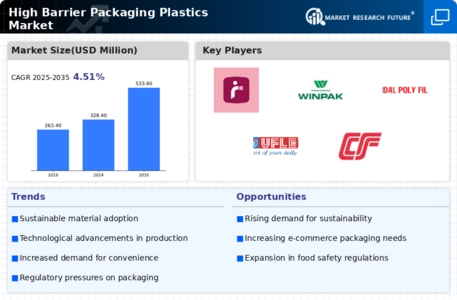
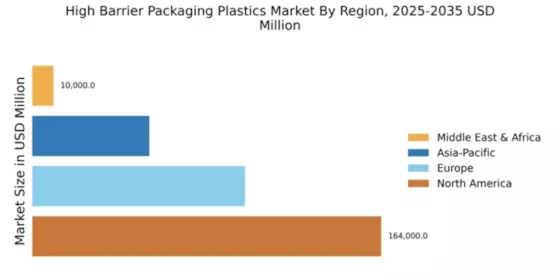
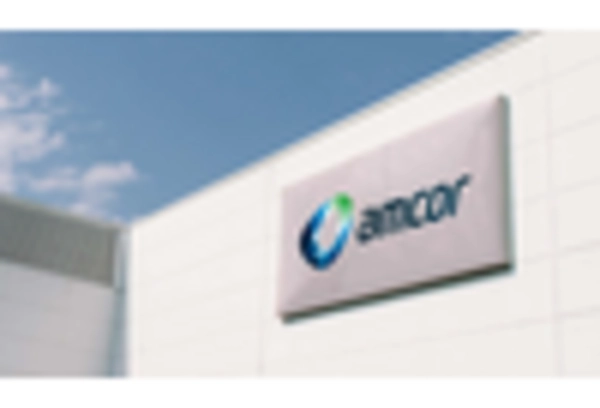


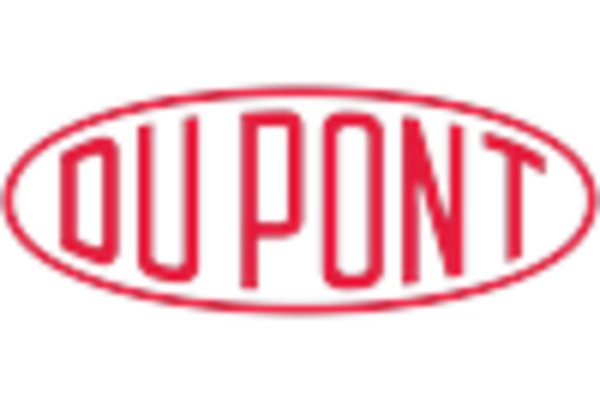

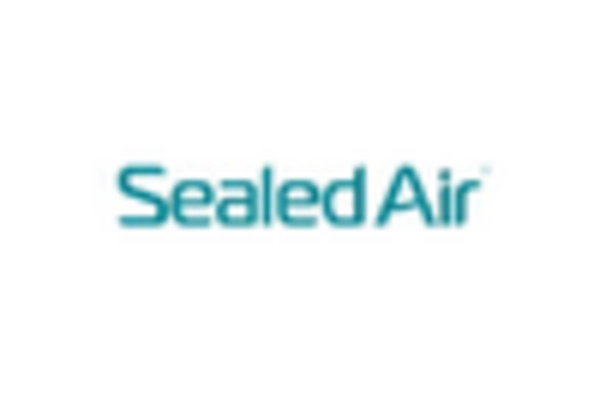








Leave a Comment